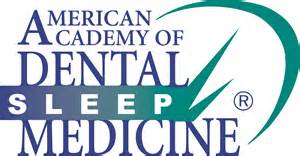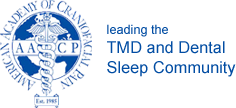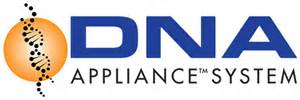Your Sleep Apnea Treatment Options
/Today our team is going to give you an inside look at four common treatment options for patients who struggle with sleep apnea, a condition that affects a person’s breathing while they sleep. Home Treatments
Surprisingly enough there are treatments for mild cases of sleep apnea you can treat quickly on your own. Losing weight, avoiding sleeping pills or alcohol, changing the way you sleep and quitting smoking are beneficial behavior changes you can make to treat sleep apnea.
CPAP
Continuous positive airway pressure (CPAP) is a common sleep apnea treatment where a mask covering the nose and/or mouth delivers a continuous flow of air into the nose allowing the airway to remain open.
Dental Devices or Oral Appliance
Your dentist can help treat sleep apnea with an oral appliance, which is a mouth guard-like device that when worn at night can help keep your airway opens while you sleep. When you wear it, your body will receive the proper amount of oxygen and you will no longer wake up throughout the night or feel extremely tired in the morning.
Surgery
There are times when surgery is required to treat sleep apnea. The more common surgeries performed include: nasal surgery, uvulopalatopharyngoplasty or UPPP, and mandibular maxillar advancement surgery. These surgeries will only be used to treat sleep apnea if you have a deviated nasal septum, enlarged tonsils or a smaller jaw that is causing the throat to become too narrow.
If you have questions about sleep apnea or would like to schedule an appointment for a dental device, please call our office today at [phone].

 When the jaw and airway don’t develop fully, TMJ disorders and obstructive sleep apnea can occur.
When the jaw and airway don’t develop fully, TMJ disorders and obstructive sleep apnea can occur.

